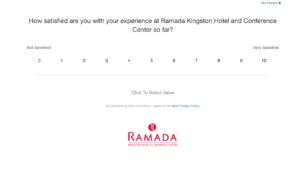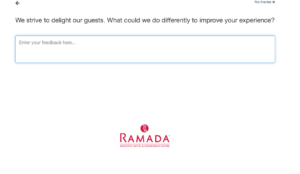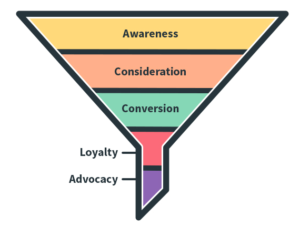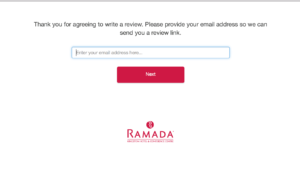It’s nice when the waiters stop by a few bites into the meal to check on things. That they invariably show up when mouths are too full do much more than nod is, I hope, a coincidence, but it’s nice.
And it’s necessary. Restaurateurs know that delivering the plate to the table is not the quite the end of the whole affair; it’s a touch point. Food going in mouth is another touch point, and it spits back (sorry) a bunch of important data points. The wrong salad dressing, the cold soup, the overcooked scallop are all things that are easily dealt with in the first five minutes of the meal.
Successful restaurants know that if they wait until a guest flags down a waiter to complain, things are not likely to be put right any time soon, and there will be some free desserts. Astute restaurant managers will also be tracking the “first tastes” data to look for trends that might need a bit of attention.
First taste inquiries are simple enough in a place like a restaurant, but they get a bit more complicated when customers are out of sight, which is most of the time. A few weeks ago, we looked at Amazon’s move to own the last mile by starting up its own delivery service.
I think smart marketers need to look even further into the relationship than that. Our conventional models are heavily weighted to the pre-purchase world: awareness, consideration, preference, purchase and, way at the bottom, as if by magic, loyalty and, for the lucky few, advocacy.
It’s no accident this model is often a funnel shape, not just because the number of people or transactions involved is shrinking, but so is our attention span and budget. That it also resembles a toilet is something for another day.
In that gap between purchase and loyalty, there are dozens of touch points and hours, months or years of customer experience. Every one of these touch points offers the opportunity for the whole thing to blow up, basically wasting all that time and money from the top of the funnel. That’s why first tastes are so important. Sadly, they are quite rare. Here’s one company, however, giving it a go:
The Ramada Inn in Kingston, Ontario is jammed up against a busy highway and surrounded by big box retail and a few strip malls. From the outside, it’s seen better days. Inside, the décor is fresh and the people are nice and the rooms are modern and comfy. But that could be any budget hotel. What made this stay interesting was the wifi logon (which is always an adventure in a hotel).
But when you login as a guest here, you are presented with a screen asking how the stay’s going so far. First taste.
 If you respond with a positive score, you get a friendly thank you and off you go.
If you respond with a positive score, you get a friendly thank you and off you go.
 If you respond with an average or poor score, you get a screen where you can tell them what’s up. In my case, I was hoping for more cups in the room so the toothpaste would stop tasting like wine. By midday, the cups were in the room.
If you respond with an average or poor score, you get a screen where you can tell them what’s up. In my case, I was hoping for more cups in the room so the toothpaste would stop tasting like wine. By midday, the cups were in the room.
Each time I logged on, the same opportunity for feedback was presented (you could click to skip it). Ramada has very cleverly figured out how to do first, second and even third tastes without being irritating. What’s better, they have a way to get that data to the managers and staff so things are fixed right away. Brilliant.
Like many hotels, this one also pings people on the way out to leave a review on Yelp or Trip Advisor, but they do it by inviting the guest to leave an email address to which they send the review link.
In eliminating the few seconds it would otherwise take to login to the review site, they nicely close the gap between loyalty and advocacy.
Well played, Ramada!
I’ve heard anecdotally about car dealers calling up to see how the new ride is working, and real estate agents checking in on the new house, but when was the last time a clothing store pinged you to see if the buttons were still on that sweater, or the app you downloaded two weeks ago was doing what it said it would, or the mobile phone was everything you hoped and dreamed?
Sadly, I can think of no other recent purchases, big or small, where anyone bothered checking in to see how things were going. I’ve got plenty of receipts with the link circled at the bottom inviting me to fill out a survey for a chance to win $1,000. I have a bunch of emails asking me to rate my stays, flights and meals. But that’s all after the fact. It’s good data but it’s not in the moment, and it’s frankly a lot of effort on the part of the customer, even if there is a chance for $1,000 worth of waffle cones.
Next week we’ll consider how this applies to your employer brand as well.
Related Posts (or not)
Social Media is the Lighter, Not the BBQ
Is Empowerment Really Solving Customer Problems?
BizMarketer is written by Elizabeth Williams
I help organizations build their brands through great conversations with employees and customers
Drop me a line at ewilliams(at)candlerchase.com
Follow me @bizmkter


Leave a Reply
You must be logged in to post a comment.